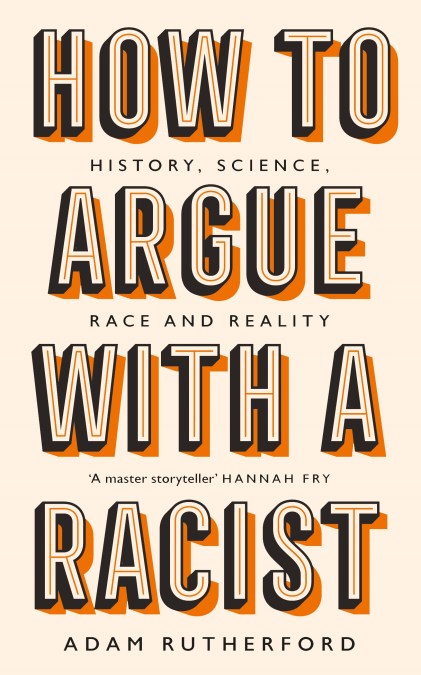Andrea Levy: In her own wordsPosted in Audio, Autobiography, Interviews, Media Archive, United Kingdom on 2020-02-10 15:56Z by Steven |
BBC Radio 4
2020-02-08, 20:00Z
57 minutes
Produced by Melissa FitzGerald & Sarah O’Reilly
Andrea Levy, alongside friends and family, speaks candidly about her writing life and her impending death.
Profiling the life and work of Andrea Levy, the best-selling author of Small Island, who died in February 2019.
Speaking on condition that the recording would only be released after her death, Andrea Levy gave an in-depth interview to oral historian Sarah O’Reilly for the British Library’s Authors’ Lives project in 2014. Drawing on this recording, along with comments from friends, family and collaborators, this programme explores Levy’s changing attitude towards her history and her heritage and how it is intimately bound up with her writing.
Andrea Levy grew up in North London in the 1960s, the daughter of Jamaican immigrants. Her father Winston came to Britain in 1948 on the Empire Windrush, and her mother Amy arrived six months later. At home, Jamaica was never discussed. Levy recalls how her parents believed that, in order to get on in this country they should live quietly and not make a fuss, and the silence around race in the family home haunted her throughout her life: “I have dreams now where I sit down with my parents and we talk about the difficulty of being a black person in a white country. But at the time? No help whatsoever.”
A significant day arrived when she attended a racism awareness course in her workplace in the 1980s. Staff were asked to split into two groups. “I walked over to the white side of the room. But my fellow workers had other ideas and I found myself being beckoned over by people on the black side. I crossed the floor. It was a rude awakening. It sent me to bed for a week.”…
For more information, click here. Listen to the interview (00:56:42) here.








